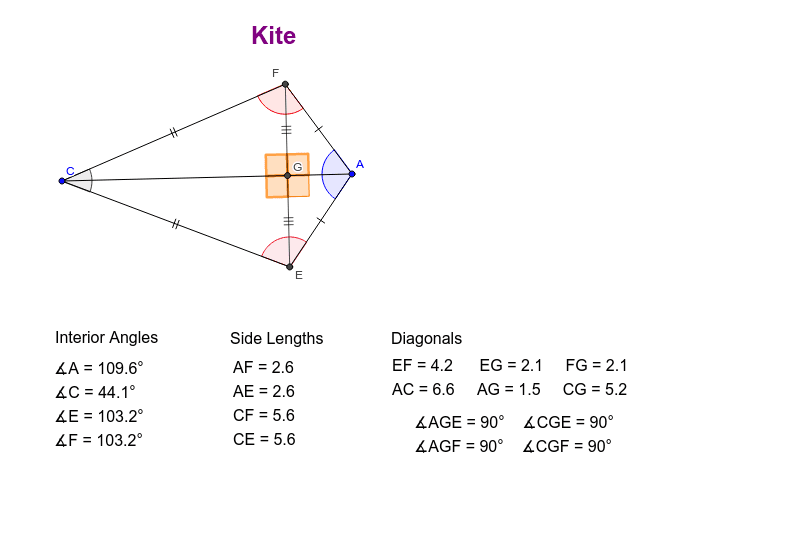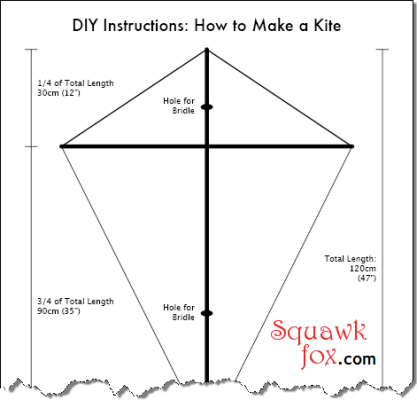
Area of a rhombus, A = 1/2 × d 1 × d 2, where d 1 and d 2 are diagonals of a rhombus.

The formulae for rhombuses are defined for two attributes: If you know the side of the rhombus and the value of certain angles, then you can determine the length of the diagonal. For example: if the length of a diagonal is 10 cm and the other diagonal bisects it, then it is divided into two 5 cm segments. One thing we should remember about the diagonal of a rhombus is that in addition to bisecting each other at 90°, the two diagonals bisected will be of the same length. Opposite angles are equal and the opposite sides are parallel. Here, diagonals DB and CA bisect each other at 90° The table below describes the properties of a rhombus.Īll sides of a rhombus are congruent (equal).ĭiagonals bisect each other at 90° or we can also say that each of the two diagonals in a rhombus is the perpendicular bisector of the other. The sum of any two adjacent or consecutive angles is 180°.Ī rhombus, like all geometric shapes, has properties that are unique to it.The opposite sides are equal and parallel.Opposite angles are congruent or equal.The general properties of a parallelogram are as follows: A rhombus is said to have reflection symmetry over both of its diagonals. It creates a mirror-like reflection of both sides of the object. Axis of symmetry can be considered as a line that divides an object into two equal halves. A rhombus has its two diagonals as its two lines of symmetry. All rhombi or rhombuses are not squares, but all squares are rhombuses.Ī rhombus can have three additional names:Ī rhombus is considered to be one of the special parallelograms as it has all the properties of a parallelogram.


a quadrilateral with two pairs of parallel sides. A rhombus can be defined as a special parallelogram as it fulfills the requirements of a parallelogram, i.e.


 0 kommentar(er)
0 kommentar(er)
